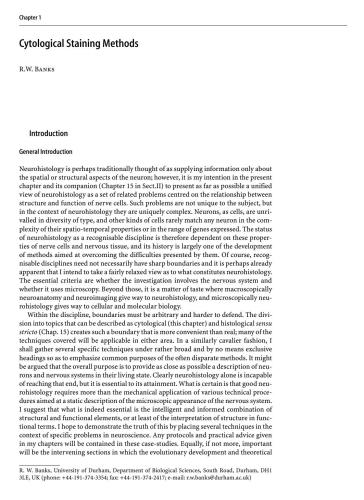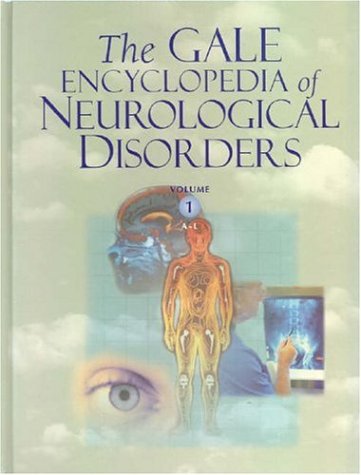Michael Spivey0195170784, 9780195170788, 9781435630482, 9780199708048
In The Continuity of the Mind Michael Spivey lays bare the fact that comprehending a spoken sentence, understanding a visual scene, or just thinking about the days events involves the serial coalescing of different neuronal activation patterns, i.e., a state-space trajectory that flirts with a series of point attractors. As a result, the brain cannot help but spend most of its time instantiating patterns of activity that are in between identifiable mental states rather than in them. When this scenario is combined with the fact that most cognitive processes are richly embedded in their environmental context in real time, the state space (in which brief visitations of attractor basins are your thoughts) suddenly encompasses not just neuronal dimensions, but extends to biomechanical and environmental dimensions as well. As a result, your moment-by-moment experience of the world around you, even right now, can be described as a continuous trajectory through a high-dimensional state space that is comprised of diverse mental states.
Spivey has arranged The Continuity of the Mind to present a systematic overview of how perception, cognition, and action are partially overlapping segments of one continuous mental flow, rather than three distinct mental systems. The initial chapters provide empirical demonstrations of the gray areas in mental activity that happen in between discretely labeled mental events, as well as geometric visualizations of attractors in state space that make the dynamical-systems framework seem less mathematically abstract. The middle chapters present scores of behavioral and neurophysiological studies that portray the continuous temporal dynamics inherent in categorization, language comprehension, visual perception, as well as attention, action, and reasoning. The final chapters conclude with discussions of what the mind itself must look like if its activity is continuous in time and its contents are distributed in state space.







Reviews
There are no reviews yet.